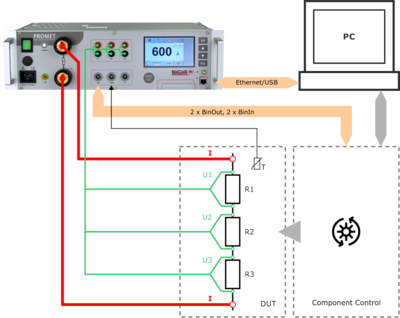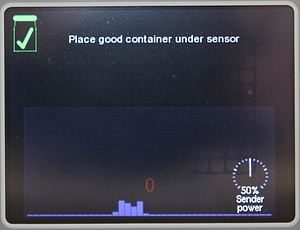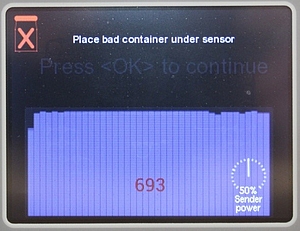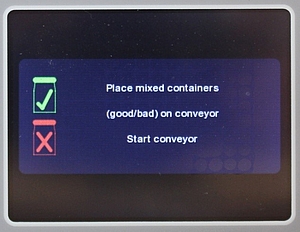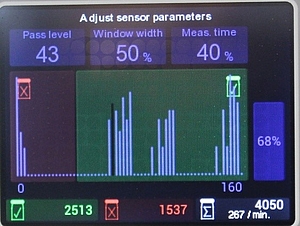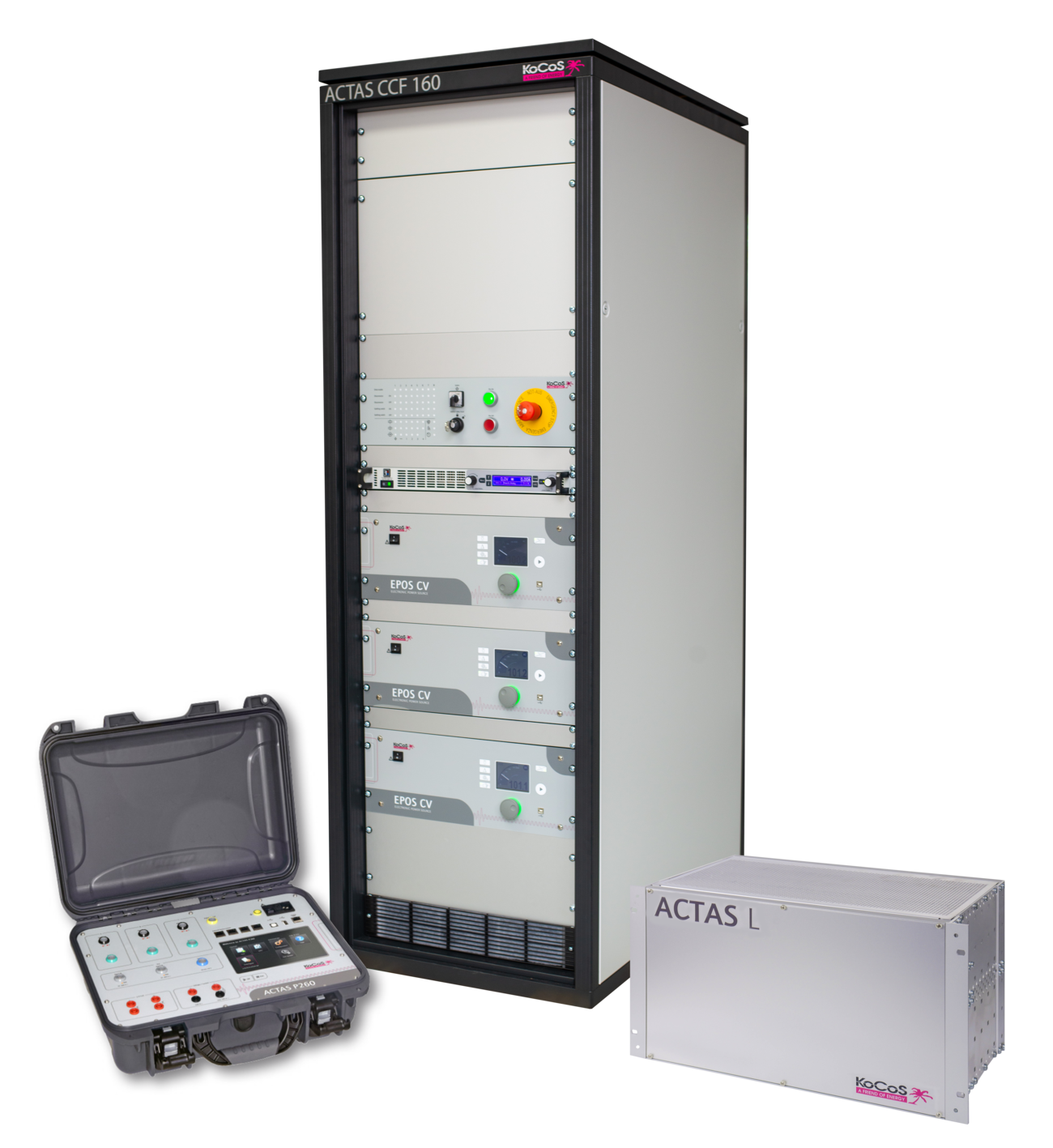PROMET R300/R600 – Efficiency through automation
22. July 2021, - Resistance measurement
Automation in the field of low-resistance measurement is increasingly required in the factory or laboratory. Be it in the automotive/electromobility sector, in the investigation of soldered or welded joints of high-current connections or in a wide variety of other applications.
For special requirements, e.g. for use in test stands, the easy-to-use PROMET PI programming interface is available for control and measurement with the PROMET R300/R600 resistance measuring devices. This can be used in COM/ActiveX-supporting as well as in .NET environments.
By programming the measurement sequence once, it is possible to integrate the PROMET R300 or R600 resistance measuring instruments into the test equipment via the programming interface and to perform measurements automatically.
A driver is installed with the programming interface, via which the connected devices are addressed. Communication between the software/PC and the external PROMET R300/R600 is made possible by the installed ActiveX component. This allows communication via USB or Ethernet interfaces.
As an example, an Excel sheet is used to control the PROMET R300/R600 and to evaluate the measurement results in this description, via which the programmed VBA macros (Visual Basic for Applications) are executed. Programs can be modified and adapted according to the requirements.
The PROMET R300/R600 precision resistance meters are an ideal tool for characterizing components for high current and low resistance due to their four-wire measurement and ability to accurately measure both current and voltage.
As demonstrated in the article, a resistance measurement system controlled via external software can be easily integrated into an automated application. Using the PROMET R300/R600 resistance measuring instruments to perform such measurements simplifies the test setup, reduces programming time, and enables efficient test sequences.
Further information on the use of the PROMET PI programming interface can be found in the application report PROMET R300/R600 - The intelligent way to measure resistance!
Do you have any questions about resistance measurement or our measuring devices? Then contact us via the comment function here on the blog or by mail to info(at)kocos.com.
